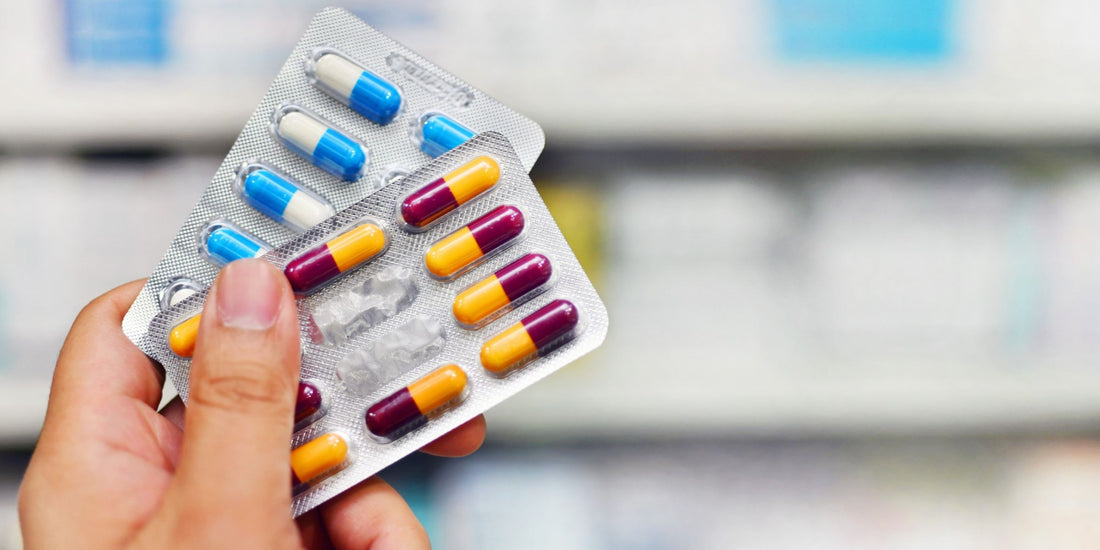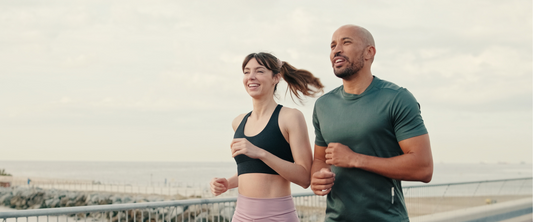Sometimes taking a course of antibiotics is unavoidable. While there is no doubt these medicines play a critical role in fighting bacterial infections quickly, they can also cause collateral damage to your gut’s complex microbiome.
What is the gut microbiome?
We have trillions of microorganisms (or flora) living in and on us, both beneficial and not so beneficial. In a healthy body, these live together in harmony as a community, also known as the “microbiome”. The bulk of these microorganisms live in our gut. As we are learning, our microbiome contributes to our whole-body health from our digestive function to our mood to our healthy immune response.1
The effect of antibiotics on our microbiome
The use of antibiotics, particularly long courses or multiple courses can disrupt the delicate balance of our microbiome and consequently throw things out of whack. Antibiotic use can make conditions more favourable for the non-beneficial gut flora, helping them to thrive. This overgrowth can crowd out and reduce the good kind. Among other possible issues, this can make people susceptible to gut discomfort and diarrhoea both at the time of taking antibiotics and for several months after.2 When this happens, you want to restore the beneficial gut flora as quickly as possible.
What can I do to restore balance if I’m taking antibiotics?
The good news is you can counteract the negative effects of antibiotics on your microbiome and support the restoration of healthy gut flora by taking a probiotic. The specific research-backed strains to look out for are Lactobacillus rhamnosus (LGG®) and Saccharomyces boulardii.
LGG® is the most researched probiotic strain in the world and works to maintain healthy gut flora balance during antibiotics and restore healthy gut flora after antibiotic use. In addition, LGG® reduces anti-microbial resistance and stimulates the immune response to help break the cycle of sickness.
Saccharomyces boulardii has been shown in clinical trials to maintain healthy digestive system function and decrease the risk of diarrhoea caused by antibiotics.3
Tips for taking probiotics with antibiotics
For the best results, LGG® should be taken throughout the duration of antibiotic treatment, from the first day and for a minimum of two weeks after. It is important to take your probiotic supplement at least two hours before or after taking your antibiotic.
References
- Mohajeri M, Brummer R et al. The role of the microbiome for human health: from basic science to clinical applications. Eur J Nutr. 2018; 57(Suppl 1): 1–14
- Szajewska H, Kolodziei M. Systematic review with meta-analysis: Lactobacillus rhamnosus GG in the prevention of antibiotic-associated diarrhoea in children and adults. Aliment Pharmacol Ther. 2015 November; 42(10): p. 1149-57
- Szajewska H, Kolodziei M. Systematic review with meta-analysis: Saccharomyces boulardii in the prevention of antibiotic-associated diarrhoea. Ailment Pharmacol Ther. 2015 October; 42(7): p. 793-801.b




